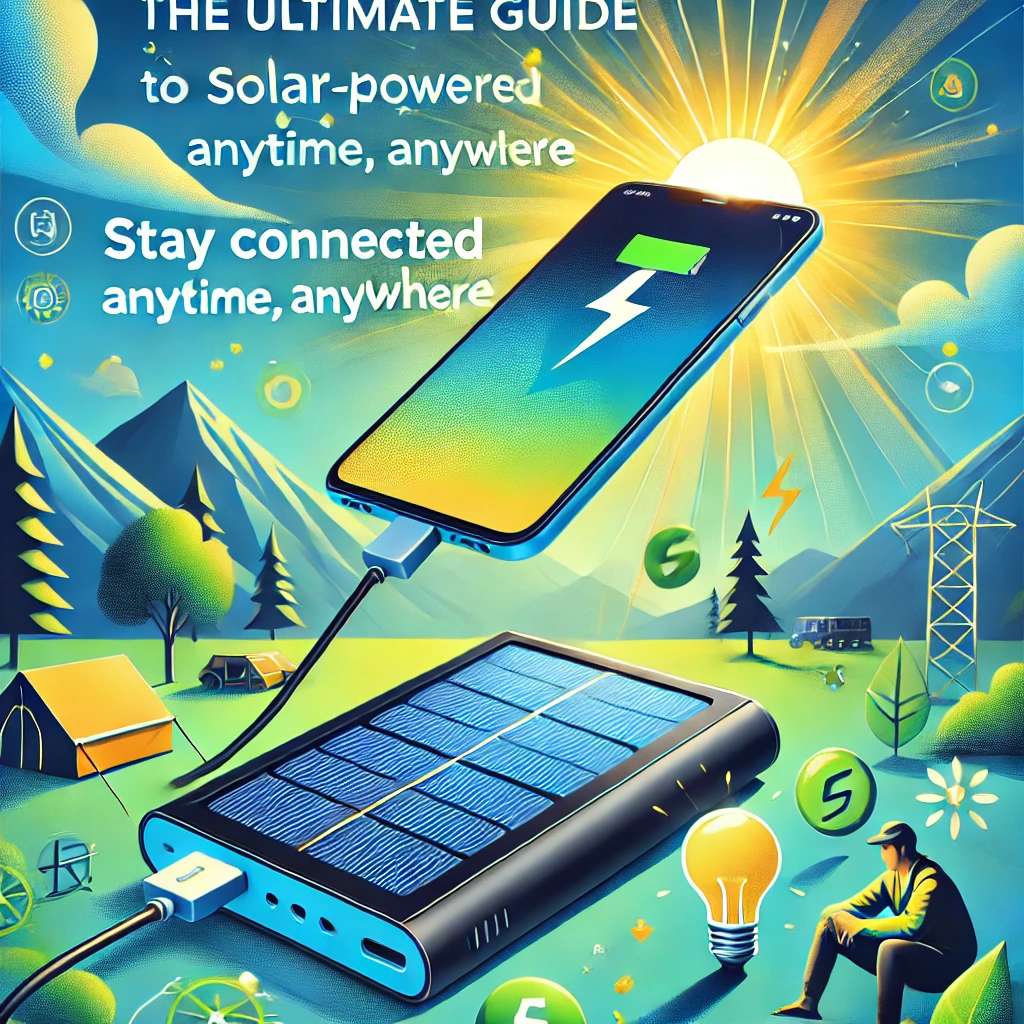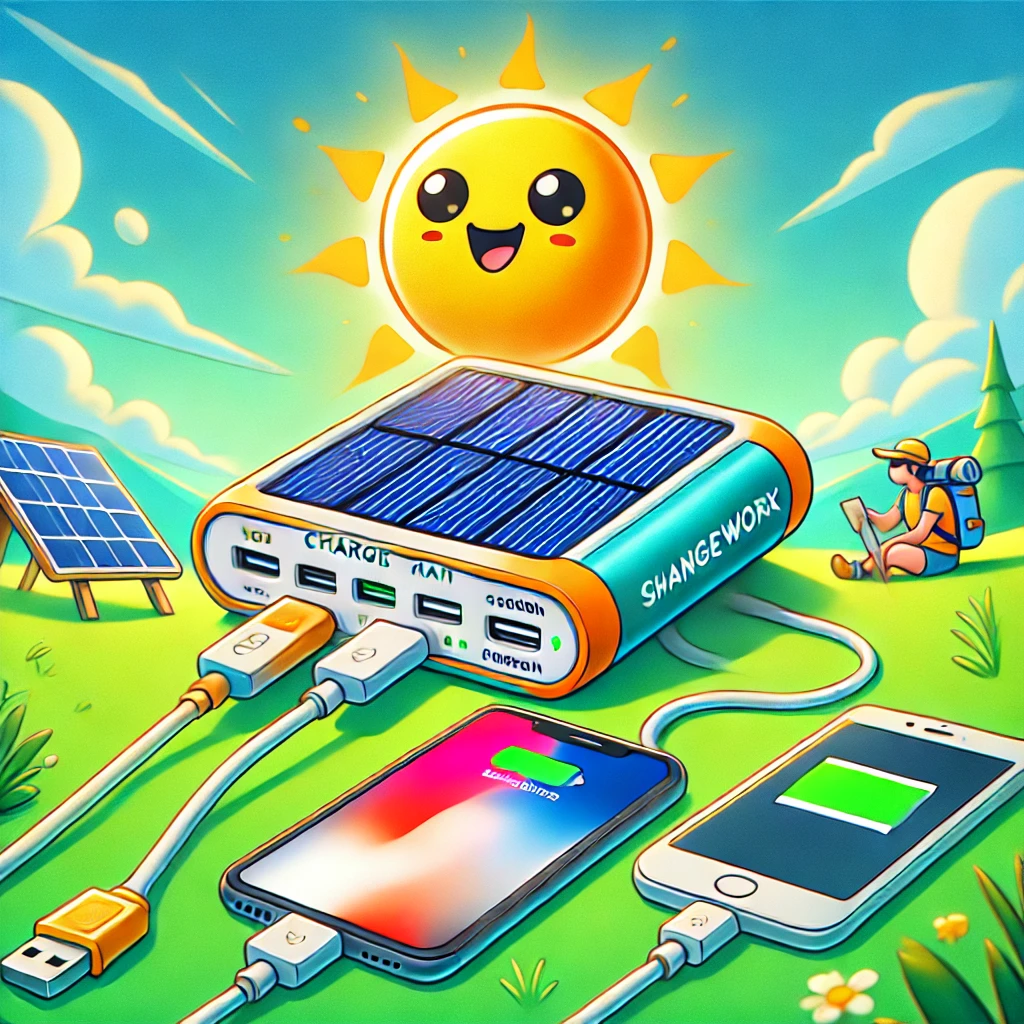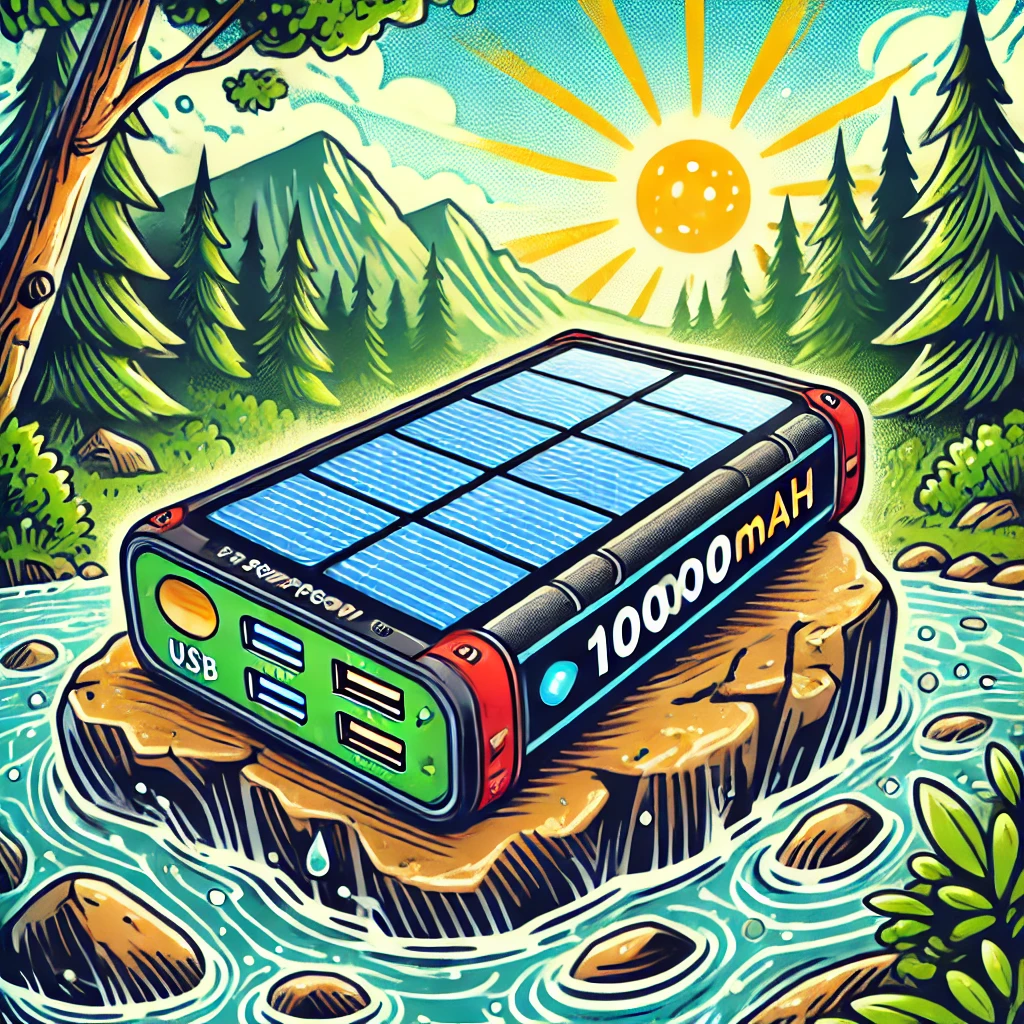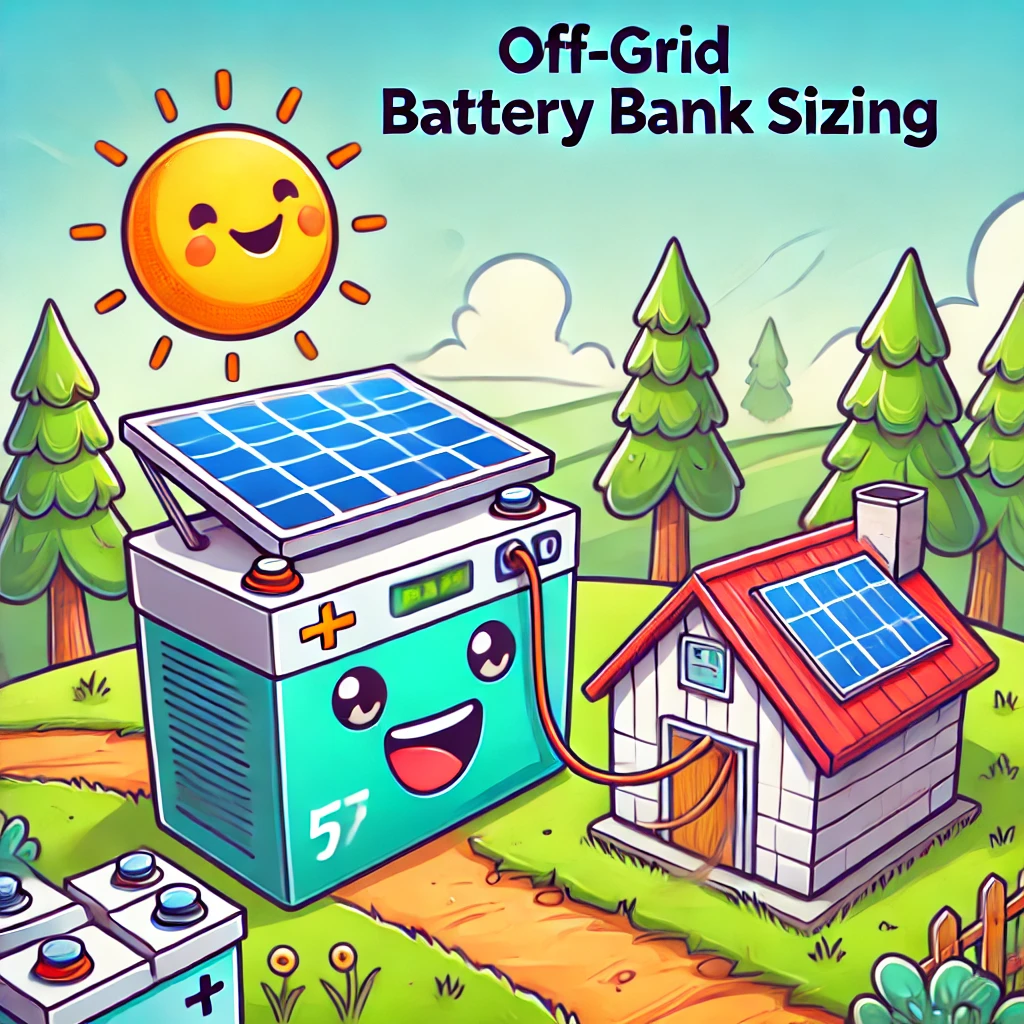In today’s fast-paced world, staying connected is a must—but what do you do when you’re off the grid? That’s where solar-powered phone chargers come in handy. Whether you’re camping in the wilderness, traveling to remote spots, or prepping for emergencies, these chargers are the perfect solution. Solar-powered phone chargers use the sun’s energy to keep your devices powered up, so you don’t have to rely on traditional electricity sources. In this guide, we’ll explore how solar-powered phone chargers work, their benefits, the different types available, and the key factors you should consider before picking the right one for your needs.
How Do Solar Phone Chargers Work?
Solar phone chargers utilize photovoltaic (PV) panels to capture sunlight and convert it into usable electricity. When sunlight hits the solar panels, it generates direct current (DC) energy, which can either charge your phone directly or be stored in an integrated battery for later use. Some advanced models feature Maximum Power Point Tracking (MPPT) technology to enhance efficiency, ensuring you get the best possible charge even in less-than-ideal sunlight conditions.
Why Choose a Solar-Powered Phone Charger?
- Sustainable Energy Source – Solar power is an abundant and renewable resource, making it a sustainable alternative to conventional charging.
- Environmentally Friendly – Reduce your carbon footprint by utilizing clean, green energy instead of electricity generated from fossil fuels.
- Ultimate Portability – These chargers are compact, lightweight, and easy to carry, making them a must-have for outdoor enthusiasts.
- Reliable Backup Power – Perfect for emergencies, power outages, or off-grid adventures where conventional power sources are unavailable.
- Cost-Effective Solution – While the upfront cost may be higher, solar-powered chargers eliminate electricity expenses over time.
Exploring Different Types of Solar Phone Chargers
- Direct Solar Chargers – These chargers connect directly to your phone and require continuous sunlight for charging. Ideal for day use but ineffective at night.
- Solar Power Banks – Equipped with an internal battery, these chargers store solar energy for later use, ensuring you have power even after sunset.
- Foldable Solar Chargers – Featuring multiple fold-out panels, they capture more sunlight while remaining portable and easy to pack.
- Backpack Solar Chargers – Integrated into backpacks, these chargers allow you to generate power while you’re on the move.
- Hybrid Solar Chargers – These versatile chargers combine solar power with traditional USB or wall charging, giving you flexible charging options.
Choosing the Right Solar Phone Charger
When it comes to selecting the perfect solar-powered phone charger, it’s important to look beyond just the price tag. Several key factors can influence how well a charger meets your needs, whether you’re heading into the great outdoors or just want a reliable backup power source. Here’s what to keep in mind:
1. Solar Panel Efficiency
The efficiency of the solar panels determines how quickly your charger can convert sunlight into usable energy. High-efficiency panels can capture more sunlight, even in less-than-ideal conditions, providing faster charging times. Look for chargers that use monocrystalline panels, as they tend to offer better performance compared to polycrystalline or thin-film panels.
2. Battery Capacity (If Included)
Some solar-powered phone chargers come with built-in batteries, allowing you to store energy for later use. This capacity is measured in milliampere-hours (mAh). A higher mAh rating means the charger can store more energy, giving you multiple device charges without needing constant sunlight. For example, a 20,000mAh charger can power up a smartphone 4-5 times on a single charge.
3. Size & Portability
If you plan on carrying your charger while hiking, camping, or traveling, size and weight are crucial factors. Compact and lightweight models are easier to pack and carry, but they might have smaller panels or lower battery capacity. Foldable designs are a great option, offering more panel surface area without taking up extra space.
4. Durability & Weather Resistance
Outdoor adventures often come with unpredictable weather and rough handling. Choose a rugged, durable design with features like waterproofing, dust resistance, and shockproof materials. A charger with an IPX4 or higher rating will provide good protection against rain and splashes, making it ideal for camping or hiking in diverse conditions.
5. Charging Speed & Output
Not all solar-powered phone chargers are created equal when it comes to speed. Some models support fast charging technologies like Quick Charge or Power Delivery (PD), which can significantly reduce the time it takes to juice up your devices. Additionally, chargers with multiple USB ports let you power up several devices simultaneously, which is great if you’re traveling with friends or family.
6. Versatility
A good solar-powered phone charger isn’t just limited to smartphones. Many models are versatile enough to charge tablets, cameras, GPS devices, and even small appliances like LED lights. Check the voltage and output compatibility to ensure the charger can meet all your tech needs.
By keeping these factors in mind, you’ll be better equipped to choose a solar-powered phone charger that fits your lifestyle, whether you’re off the grid for an adventure or just want a sustainable way to keep your devices powered up.
Final Thoughts
A solar-powered phone charger is a game-changer for anyone looking to stay powered on the go. Whether you’re an adventurer, a frequent traveler, or just someone who values sustainability, investing in one of these innovative devices will ensure you never run out of power when you need it most. By choosing the right model for your needs, you’ll enjoy a reliable, eco-friendly power solution that keeps your devices charged no matter where life takes you!




